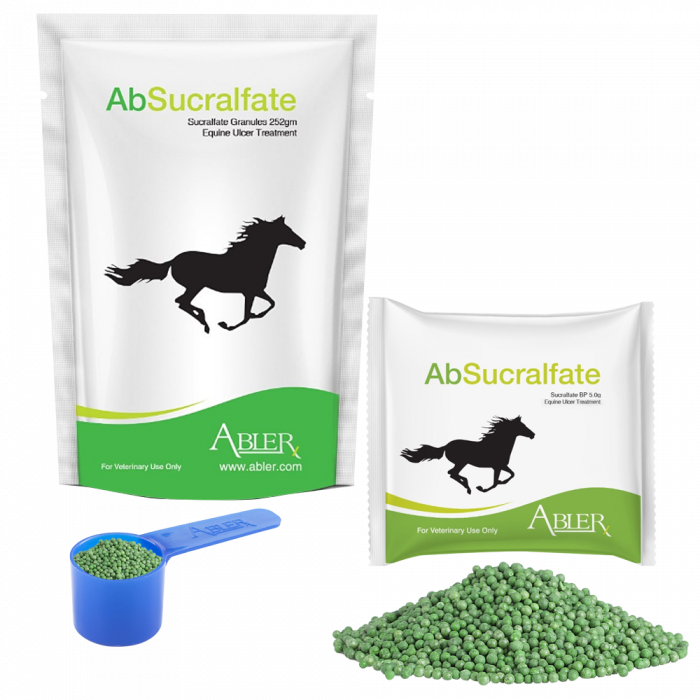Everything You Need To Know About Transitioning Horses To Spring Pastures
Green pastures will begin to flourish again as the spring season approaches! After a hard winter, it's tempting to turn horses out onto spring pastures at the first sight of fresh grass. Grazing and nutrition are at their best during this time of year.
The introduction of spring grazing should be phased in gradually and held off until grass is 6 to 8 inches high. This will ensure the horses' and pastures' health.
As the horse pastures reach a height of 6 to 8 inches, begin grazing for 15 minutes, gradually increasing the grazing duration by 15 minutes each day until 4 to 5 hours of continuous grazing have been achieved. After that, you can continue unrestricted or continuous grazing. If you don't do it properly, you might need ulcer medication for horses.
Transitioning process -
Horses will eat as much fresh pasture as they can to keep their bellies full, and they also like the taste! If your horse is allowed to graze unsupervised in the early spring, it can result in a variety of health problems as well as a less productive pasture. After the pastures have reached a grass length of 6-8 inches, the spring grazing season should begin.
Spring Grass grazing schedule
- 15 minutes per day for the first three days.
- Increase time by 15 minutes every day on days 4-5.
- Day 16 and up unrestricted grazing.
Can the transition cause problems?
Most horses are looking forward to getting a belly full of grass after being stabled during winter. Fresh green spring grass is high in water and low in fibre, both of which are essential for a healthy digestive tract. High fibre keeps the horse's digestive system busy and keeps the foregut's digestive acids active.
Sudden changes to a horse diet, whether it's the introduction of grain, a change in hay, or a shift to pasture, can bring on episodes of colic and laminitis.
Furthermore, this new spring grass is the polar opposite of the long stem, forage-based hay or alfalfa cubes they've been receiving all winter. This abrupt shift in food can jar the digestive system, resulting in bloating, gas, and even colic increasing the requirement to administer ulcer medication for horses.
Solution
Your horse will still require constant access to long-stem feed and preferably a high-quality grass hay or a grass/alfalfa combination. Make any changes gradually and transition to all-day grazing to allow the horse's digestive system to acclimate rather than shock it. Sucralfate will help keep your horse's behavior in check and soothe stomach ulcers.
Why sucralfate?
Sucralfate medication is used to treat stomach ulcers and right dorsal colon ulcers. It's commonly used with an H2 receptor antagonist or a proton-pump inhibitor like omeprazole. When administered in conjunction with omeprazole, ulcers of both the foregut and hindgut are healed. Sucralfate appears to provide significant pain alleviation in horses with ulcers that cause gastrointestinal pain
Example Text

